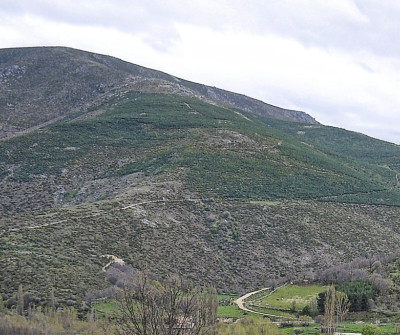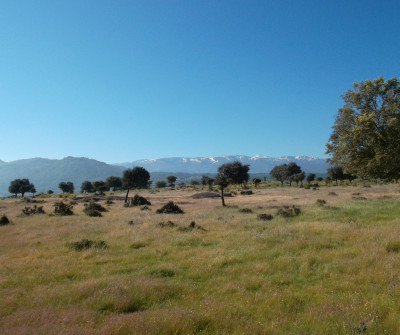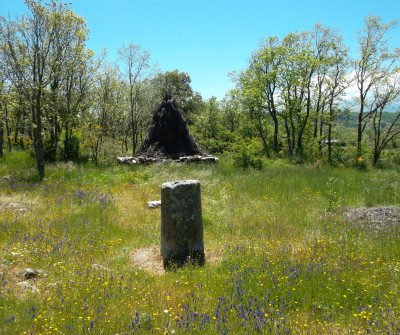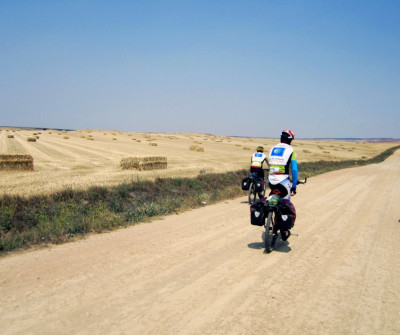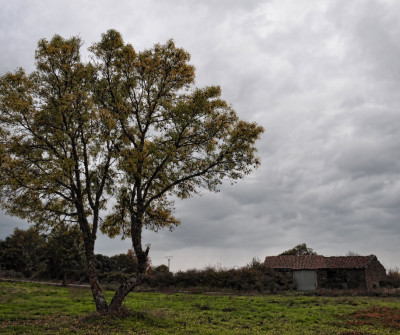If you leave the church of Calzada de Béjar to your left, you exit the town towards Valverde de la Casa, 8 and a half kilometres mostly on gravel roads and the occasional tar road. You can see some Roman milestones on the Camino.
READ MOREAfter Valverde, you go up towards Valdelacasa, located more or less 4 kilometres away, where many services are available. You leave Valdelacasa on a local road and after 2 kilometres you will go back to a gravel road.
In order to reach Fuenterroble de Salvatierra, there are pilgrims who prefer to ignore the gravel roads and walk from here on the main road. The town is famous amongst pilgrims as a friendly place that developed around the Vía de la Plata. Here you can see a Gothic 15th-century church, Santa Maria la Blanca, and the church of El Cristo del Socorro. Every Easter Monday since the 17th century, people offer eggs that are later auctioned. The record is at 4000 eggs.
There is a path going from Belea to Fuenterroble called “Vía Lucis”, a walk performed after Easter where 500 people gather with their carts transporting the saints and stopping at different stages, one of them devoted to Saint James.
Tips from our postmen and women
What to see and do in Guijuelo?

“Six km away from Fuenterroble, you will find Guijuelo, famous for its ham and embutidos as the place is very cold and dry, thus offering the ideal conditions to cure ham. In Guijuelo, you can find many services and many pilgrims come here. Five km away from the Camino you will find the medieval town of Monleón, one of the oldest towns in Salamanca”.


 Filter
Filter